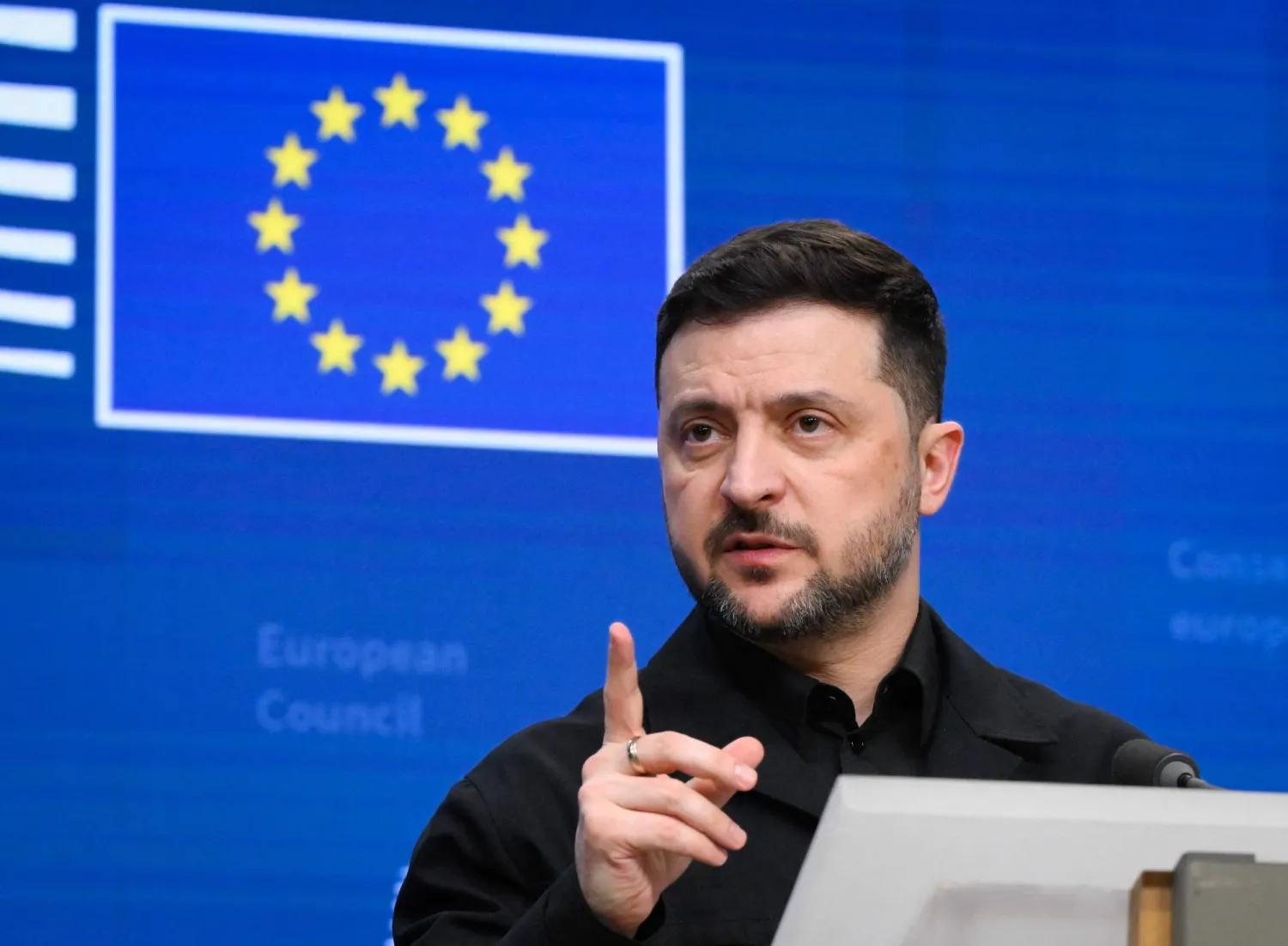Russian President Vladimir Putin issued a warning to the United States on Tuesday, lowering the threshold for a nuclear strike just days after the administration of Joe Biden reportedly allowed Ukraine to fire American missiles deep into Russia.
The updated doctrine, formally known as "The basics of state policy in the field of nuclear deterrence", outlines the threats that would make Russia, the world's biggest nuclear power, contemplate using such weapons.
Russia would consider a nuclear strike if it, or its ally Belarus, faced aggression "with the use of conventional weapons that created a critical threat to their sovereignty and (or) their territorial integrity", the new doctrine said.
The previous doctrine, set out in a 2020 decree, said Russia may use nuclear weapons in case of a nuclear attack by an enemy or a conventional attack that threatened the existence of the state.
Other innovations included considering any conventional assault on Russia by a non-nuclear power supported by a nuclear power to be a joint attack. Any mass aerospace attack with aircraft, cruise missiles and unmanned aircraft that crossed Russia's borders could also trigger a nuclear response.
"Aggression against the Russian Federation and (or) its allies on the part of any non-nuclear state with the participation or support of a nuclear state is considered as their joint attack," the doctrine said.
"Aggression of any state from a military coalition (bloc, union) against the Russian Federation and (or) its allies is considered as aggression by the coalition (bloc, union) as a whole."
The Kremlin said Russia considered nuclear weapons as a means of deterrence and that the aim of the updated text was to make absolutely clear to potential enemies that the inevitability of retaliation should they attack Russia.
Together, Russia and the US control 88% of the world's nuclear warheads. Putin is Russia's primary decision-maker on the use of Russia's nuclear arsenal.
WAR
Weeks before the November US presidential elections, Putin ordered changes to the nuclear doctrine.
Those changes have now been formally approved by Putin. Analysts said at the time that the change to the doctrine was an attempt by Putin to draw a red line for the West.
The war in Ukraine, which entered its 1,000th day on Tuesday, has triggered the gravest confrontation between Russia and the West since the 1962 Cuban Missile Crisis - considered to be the closest the two Cold War superpowers came to intentional nuclear war.
The reported decision on the use of US missiles by the outgoing Biden administration - though yet to be confirmed by Washington - has escalated tensions over Ukraine. Washington says Russia's deployment of North Korean soldiers in Russia is an escalation.
Kremlin spokesman Dmitry Peskov, commenting on reports that Kyiv may use US-made ATACMS missiles in support of Ukraine's military incursion into Russia's Kursk region, said on Tuesday that the Russian military was monitoring the situation very closely.
Putin said on Sept. 12 that Western approval for such a step would mean "the direct involvement of NATO countries, the United States and European countries in the war in Ukraine" because NATO military infrastructure and personnel would have to be involved in the targeting and firing of the missiles.
"Nuclear deterrence is aimed at ensuring that a potential adversary understands the inevitability of retaliation in the event of aggression against the Russian Federation and/or its allies," Peskov said.
The United States in 2022 was so concerned about the possible use of tactical nuclear weapons by Russia that it warned Putin over the consequences of using such weapons, according to Central Intelligence Agency Director Bill Burns.
Russia has begun mass production of mobile bomb shelters that can protect against a variety of man-made threats and natural disasters including radiation and shockwaves.









